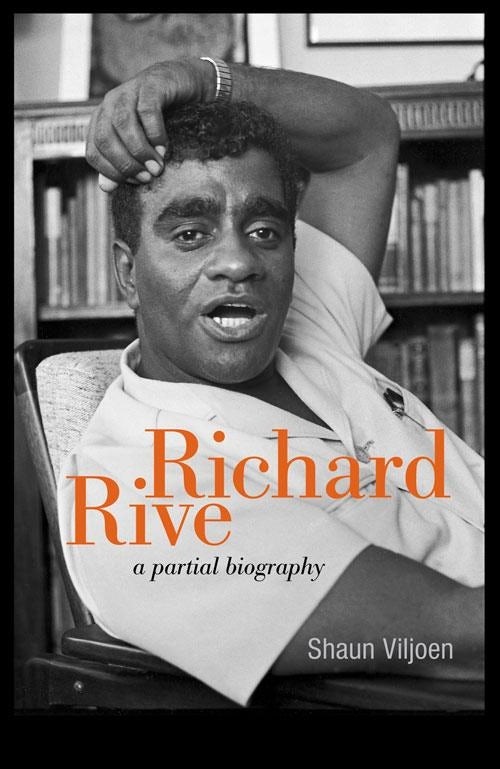

Resurrection: Passionate story about how the horrible racist ideology of Apartheid seeped even into relations between members of the same family and alienated them from each other, all due to something as insignificant as skin tone. Also shows how the white racists guilted and manipulated other white racists to be more and more and more extreme in their repulsive racism. Room at Solitaire: On the hypocrisy of white South Africans who worship a "colored," Arab, poor savior while violently discriminating against the poor and people of color. Also criticizes the ridiculous, humiliating racist apartheid laws and how they forced people into so many different groups, forbidden to intermingle. He found a square depression in the surface material, into which a cross could have been placed, along with an adjoining crevice. There would be something har in his throat, and be would clench his hands tightly so that the veins. First Century Jerusalem 30 Feet Underground Richard Rives and Wayne Farris In 1981 Ron Wyatt located what he believed to be the crucifixion site of Jesus Christ. Shows very well the deceptive and varied methods those in power use to repress and divert anger and responsability. African Song RICHARD RIVE Muti new when he felt angry.

With the aid of a scholarship, Rive attended high school in Cape Town and studied at the University of Cape Town (UCT), where he graduated in 1949. Retreat: Story about a petty dictator of a principal and a revolt of students and teachers against him. Richard Rive was born on 1 March 1931 in Cape Town, and grew up in District Six, which was a Coloured, or mixed race, area under apartheid. Where crime is rampant, and living conditions horrible. Residents forced into "townships" (slums) far outside the city, This little part of District Six slowly fades away, its In 1966, removals began in 1968 and continued for many yearsĪfter. Looming over the characters is the apartheid campaign to destroyĭistrict Six little by little, its cosmopolitanism a directĪffront to the racist government. Personality where at least its inhabitants could be comfortable. Although poor, it is shown as a district with Were supposedly "different" because of varying skin colors and Introduced, and through them the rhythm of life in District Six,Īs well as the fraternal spirit that existed between people who Deals with the inhabitants of aĬertain small section of District Six, a working class area inĬape Town famous for its cosmopolitanism, with all different This biography will resurface Richard Rive the man and the writer, and invite us to think anew about how we read writers who lived and worked during the years of apartheid.Palace (1986): 202 pages. RICHARD RIVE - WRITING BLACK in the Biographies & Memoirs category was listed for R75. Langston Hughes the greatest living Black writer in the world (102). Toward the beginning of 'Emergency' (Richard Rive's novel of the Sharpeville Massacre in South Africa in 1960) a minor incident occurs that. The biography follows Rive from his early years in the 1950s, writing for Drum magazine and spending time in the company of great anti-establishment writers such as Jack Cope, Ingrid Jonker, Jan Rabie, Marjorie Wallace, Es’kia Mphahlele and Nadine Gordimer, to his acceptance at Magdalene College, Oxford, where he completed his doctorate on Olive Schreiner, before returning to South Africa to resume his position as senior lecturer at Hewat College of Education. n his autobiography Writing Black (198 I), Richard Rive (193 1 -1 989) calls. Using his own and others’ memories, and drawing on Rive’s fiction, Viljoen brings the author to life with sensitivity and empathy. Beneath these public personae lurked a constant and troubled awareness of his dark skin colour and guardedness about his homosexuality. In this biography Shaun Viljoen, a former colleague of Rive’s, creates the composite qualities of a man who was committed to the struggle against racial oppression and to the ideals of non-racialism but was also variously described as irascible, pompous and arrogant, with a ‘cultivated urbanity’. He is best known for his short stories written in the late 1950s and for his second novel, ‘Buckingham Palace’, District Six, in which he depicted the well-known cosmopolitan area of District Six, where he grew up. Richard Moore Rive (1930-1989) was a writer, scholar, literary critic and college teacher in Cape Town, South Africa.


 0 kommentar(er)
0 kommentar(er)
